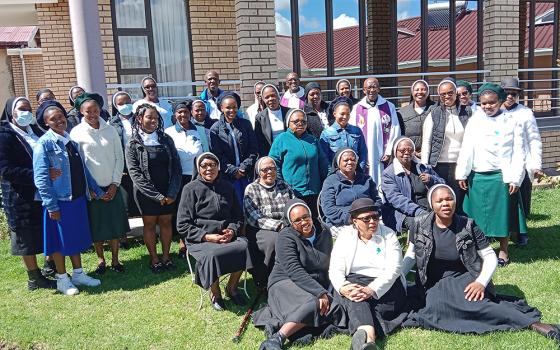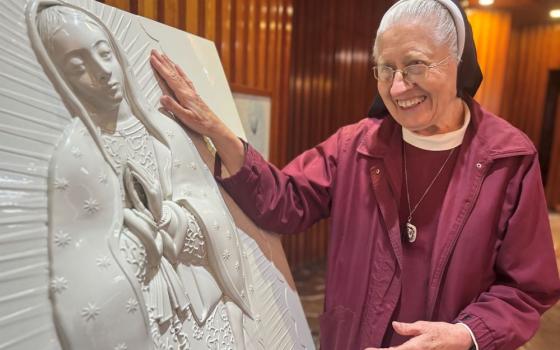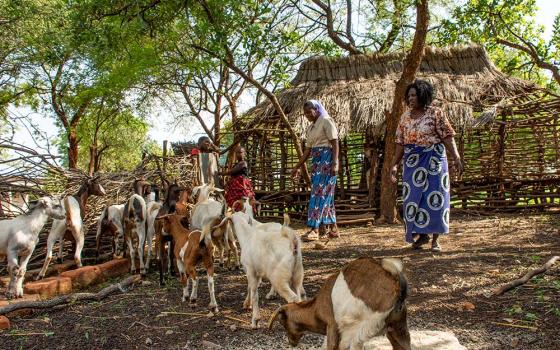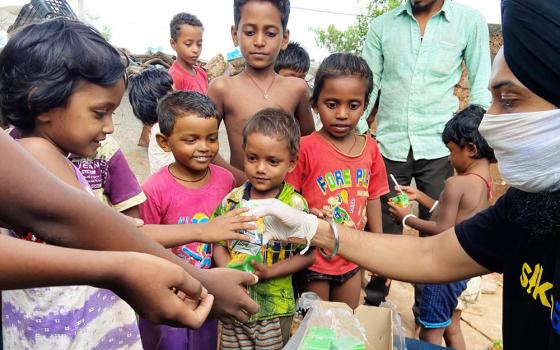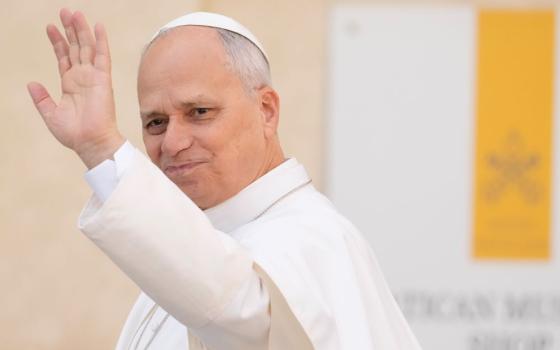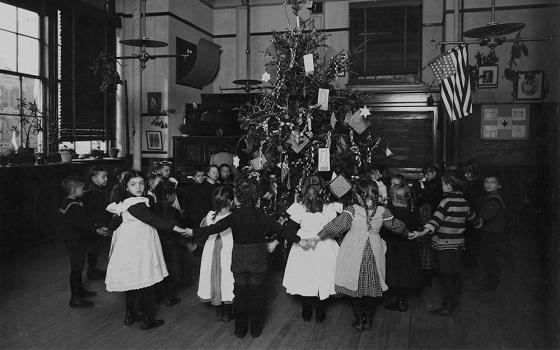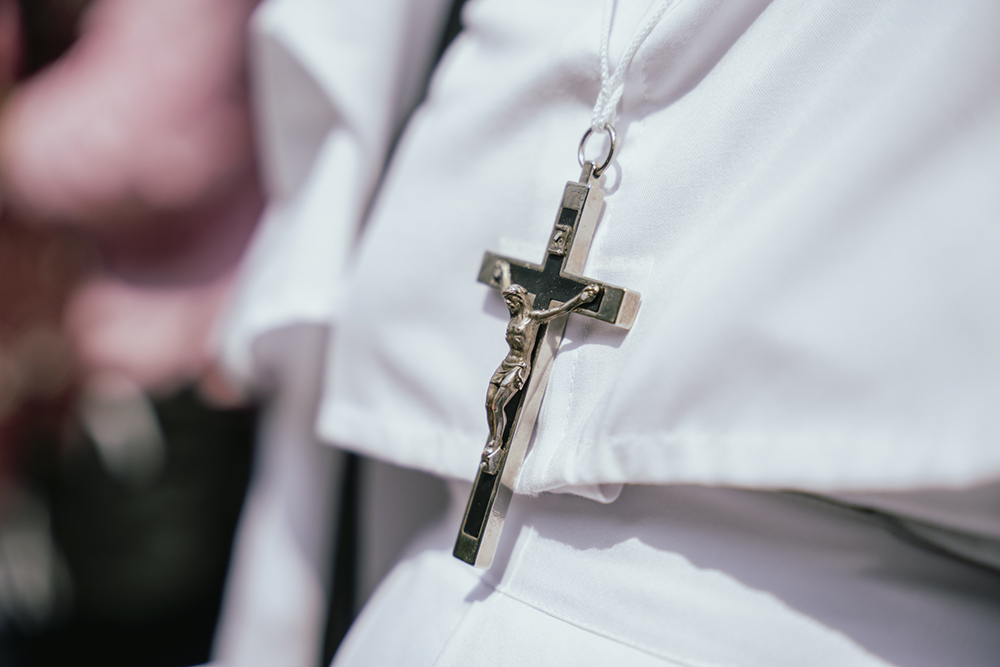
An unidentified nun wears a crucifix and her habit at a Good Friday procession on March 29, 2024, in Guwahati, Assam, India. (Dreamstime/Talukdardavid)

"Will you speak or I slap you?! I will break your mouth! I'll beat you with a rod! You people are termites that hollow out society."
These were the words of a woman leader of the Bajrang Dal — a Hindu nationalist vigilante group affiliated with the Rashtriya Swayamsevak Sangh. She hurled these threats at two Catholic nuns, three young tribal Christian girls, and a young man at the Government Railway Police station in Durg, Chhattisgarh, India, on July 25.
Her venomous language reminded me of an incident in Odisha a month earlier, where we intervened to free a nun and girls unlawfully detained by police after similar accusations. These are not isolated incidents. They reflect a larger pattern of religious vigilantism, where minorities, especially Christians and Adivasis, are harassed, falsely accused and denied rights with impunity.
What really happened?
On July 25, Srs. Preethi Mary and Vandana Francis from the Assisi Sisters of Mary Immaculate (based in Agra) arrived at Durg station to receive three tribal girls from Narayanpur, Chhattisgarh. The girls were traveling with their families' consent to assist with domestic tasks and receive informal training at a Catholic hospital run by the sisters.
The girls arrived early and were stopped by a train ticket examiner for not having platform tickets. They explained that their train tickets were with the nuns. Instead of resolving the issue, the ticket examiner reportedly alerted local Bajrang Dal members, who escorted all six individuals to the Railway Police station.
There, in full public view, the Bajrang Dal woman took control. Without legal authority, she searched bags, accused the nuns of trafficking and conversion, and threatened physical violence. The police watched in silence.
One nun calmly said, "We spoke to their parents. The girls are coming with full consent to help and learn."
But nothing could pacify the woman. "You eat this country's food and betray it," she yelled.
This incident violated several Indian laws meant to protect people from violence, discrimination and abuse of power. The threats and insults amounted to criminal intimidation and hate speech. The Bajrang Dal woman impersonated a public servant — searching bags and making accusations without legal authority. Holding the group without cause was unlawful confinement.
Because the girls are Adivasi, protections under the Scheduled Caste and Scheduled Tribe Act were also ignored. Falsely accusing the nuns of trafficking and conversion damaged their reputations.
Most troubling, the police did nothing — failing in their duty to protect, dereliction of duty.
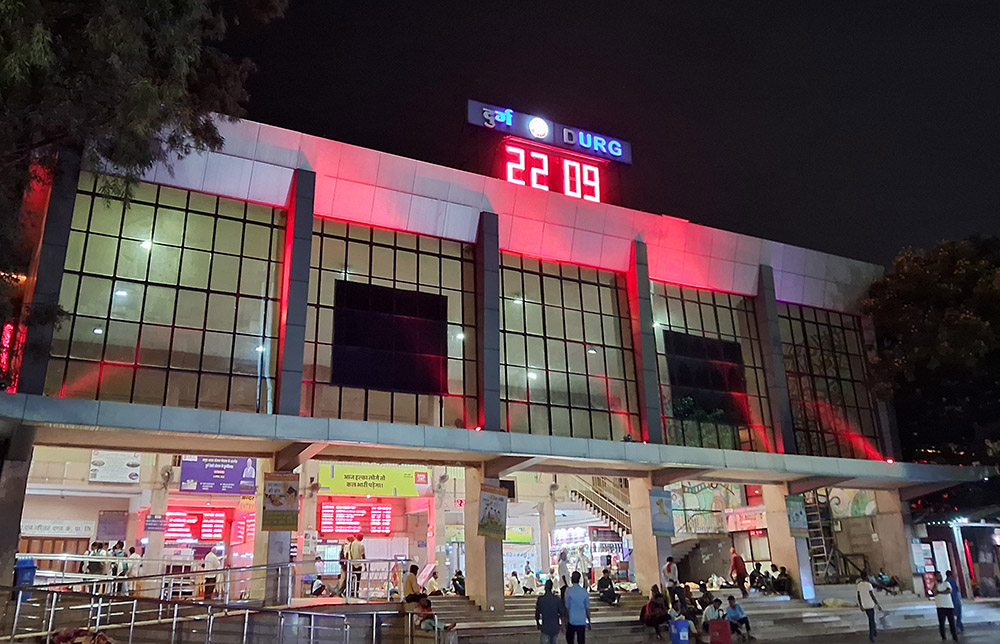
The Durg Junction Railway Station in Durg, Chhattisgarh, India, is seen in a 2023 photo. (Wikimedia Commons/শরদিন্দু ভট্টাচার্য্য)
On July 27, the girls were released — but only after their parents arrived and Catholic legal teams intervened. As of July 29, the two nuns remained in judicial custody, and their bail application was rejected, as the first information report includes serious offenses that usually prevent bail at the magistrate level. They then approached the Sessions Court in Durg, which also denied bail on July 30, stating that only the National Investigation Agency court had the authority to hear the case because it involved a human trafficking charge.
But if the so-called victims raised no objections and written consent from their parents is on file, what serious offense remains?
So the nuns were arrested. The goons set free.
A personal wake-up call
This incident struck a deep chord with me. I have worked closely with trafficked women and migrant workers for more than five years. I've seen real trafficking cases — where perpetrators are powerful, invisible, and shielded by corrupt police and political networks. First information reports are ignored. Survivors silenced. Bribes exchanged.
And now, innocent nuns are being framed.
A pattern of persecution
According to the United Christian Forum's Violence Monitor Report 2025, violence against Christians in India "now averages two incidents per day, a steep rise compared to 127 incidents reported in 2014. Year-on-year data show a persistent upward trend, with incidents rising to 834 in 2024."
Since 2021, at least four cases have emerged where Catholic nuns were falsely accused of trafficking or forced conversion. None of the allegations were proven. Still, the arrests and harassment continue.
Why? Because the real target is not the act, but the identity. Christian missionaries— especially Adivasis and Dalits — are being systematically vilified. And those who instigate this violence are often rewarded.
Advertisement
One example stands out: Pratap Sarangi, once a Bajrang Dal leader, was linked to the mob that burned Australian missionary Graham Staines and his two sons alive in 1999. He was later made a cabinet minister in Prime Minister Narendra Modi's government. The message is clear: Hate pays.
Controversial role of church and ruling party
Finally, on Aug. 2, all the accused were granted conditional bail at a bond of 50,000 rupees each. The court required all three to surrender their passports and comply with reporting conditions. While this is a small step toward justice, we had hoped the charges against them would be dismissed entirely.
The sudden and coordinated response that led to their release — including official church statements, rallies in Kerala, and visits from political leaders — raises serious questions. Why did the church, which has remained largely silent in the face of countless past atrocities against Christians, choose this moment to speak out so strongly? Could it be that the upcoming Kerala elections prompted both church officials and the ruling party to act in rare alignment?
Interestingly, the same Bajrang Dal that harassed the nuns and pushed for their arrest is part of the ideological family of the ruling Bharatiya Janata Party — yet, top government officials, including Home Minister Amit Shah, later promised intervention and justice. The Catholic hierarchy even issued public statements thanking the government under whose watch many Christians continue to languish in jails without trial.
One can't help but wonder: Is this diplomatic engagement rooted in genuine solidarity or is it a matter of political expediency? The strong voices and swift action here suggest a selective concern — less about consistent commitment to justice, and more about timing and political calculation.
Where is the church?
India has more than 200 Catholic bishops and thousands of priests and religious sisters. Yet, we are often absent from public spaces where injustice unfolds. We hide behind polite statements when we should be marching beside the oppressed.
The Catholic Bishops' Conference of India did issue a statement condemning the unjust detention of the nuns. But the church must rise — not as a silent institution, but as a prophetic force defending human dignity, regardless of caste, ethnicity or region.
This incident in Durg is not just another headline. It is a mirror. It forces us — especially those in religious life — to ask hard questions: Are we willing to risk our comfort for our calling? Will we stand beside the abused when it's not convenient?
Traveling as witnesses, not suspects
As a missionary frequently on the move, my travels are often unpredictable and urgent. I've boarded trains without tickets when necessary, missed connections, and even convinced a station master to let me switch trains after a 12-hour delay. I've entered sleeper coaches with general tickets and paid fines without protest.
Now I wonder: Was it because I wasn't wearing religious attire? Or was it simply divine protection? I believe, humbly, it's both.
Targeting someone because of their religious attire is a violation of both constitutional rights and human dignity. Every person has the freedom to wear what they choose, and for religious, that includes the right to wear a habit — ideally as a sign of mission, not fear.
But in today's increasingly hostile environment, we must ask: Does visible religious attire make us more vulnerable? As threats from fringe groups grow, religious congregations may need to reassess priorities. At times, discretion may be necessary to ensure the continuity of the mission. Could there be wisdom in dressing like others — not to hide our vocation, but to protect it?
Christ walked among the poor, often unnoticed. Perhaps we too are called to walk quietly — so that the mission may speak louder than our attire.

